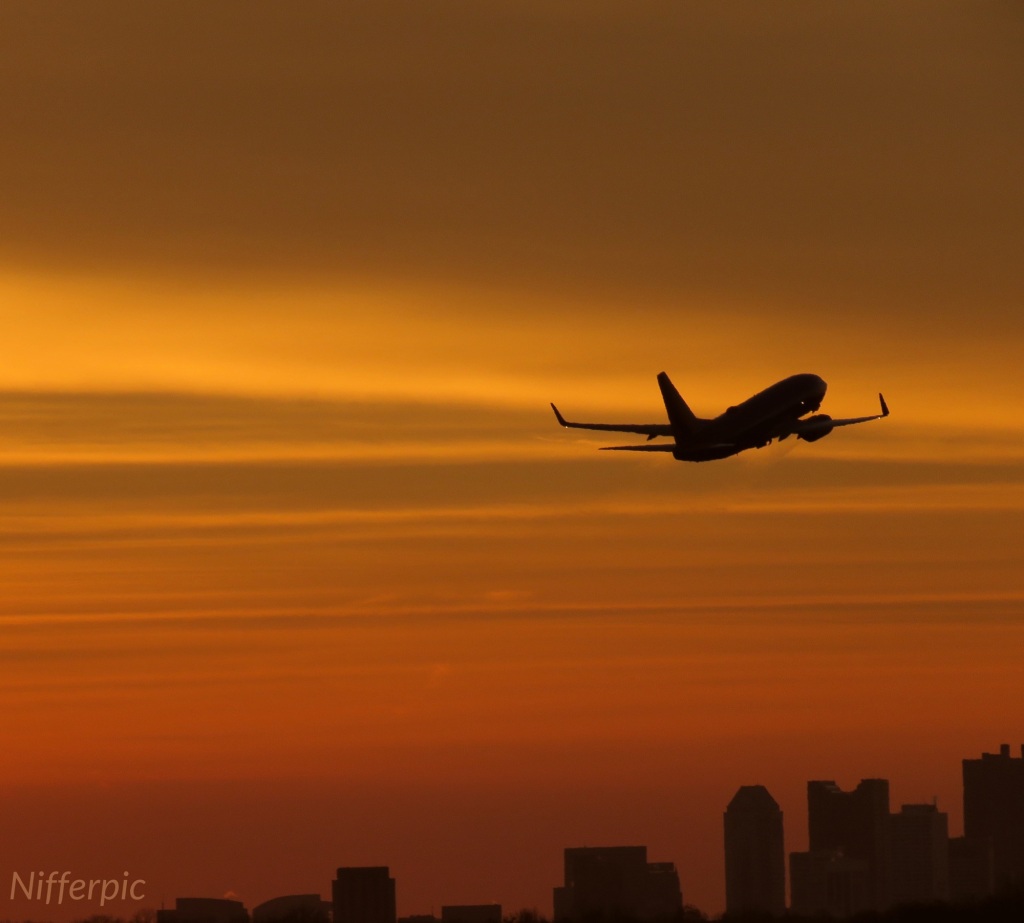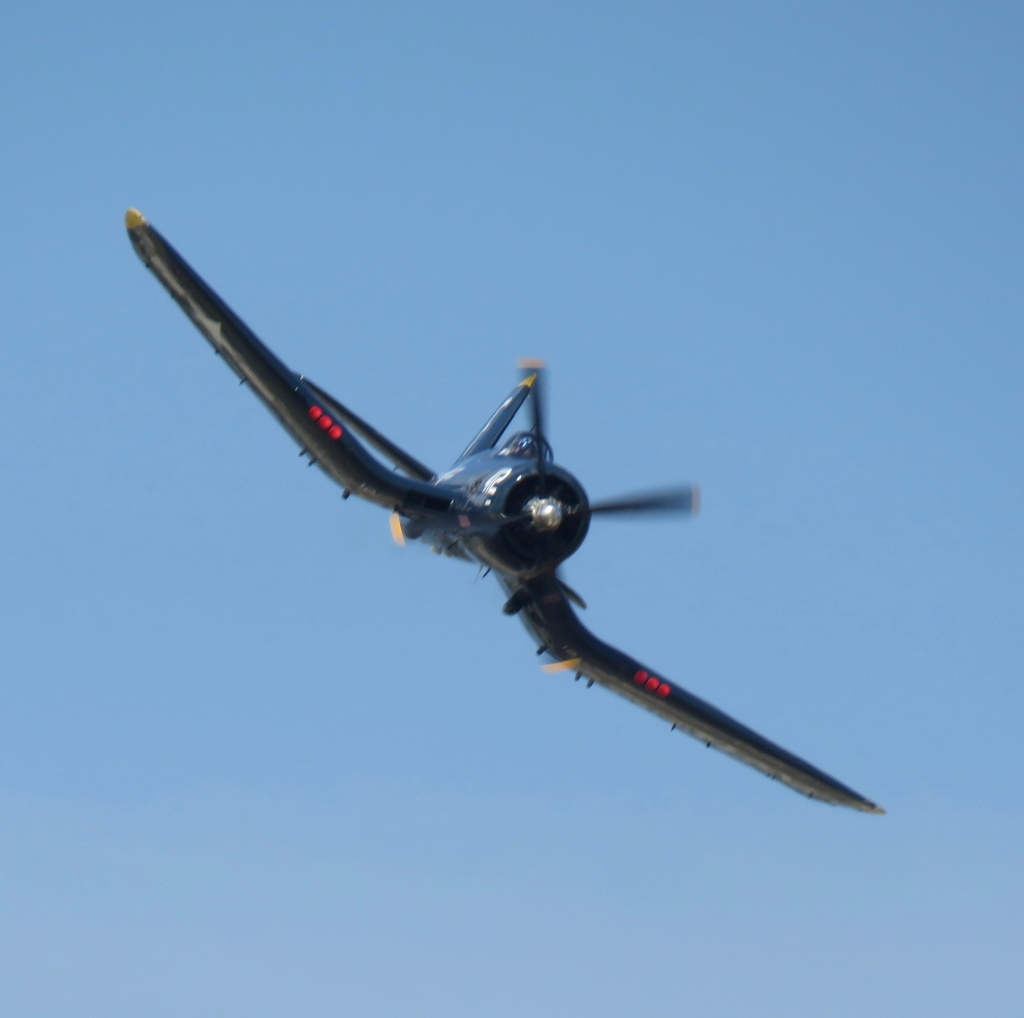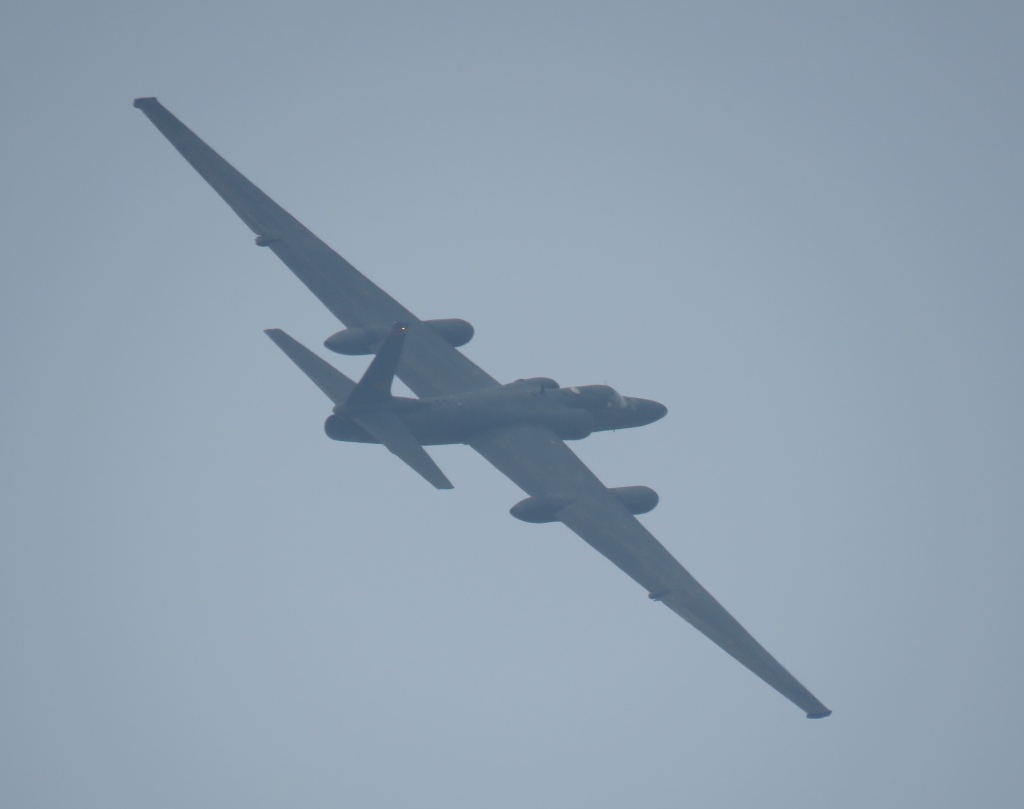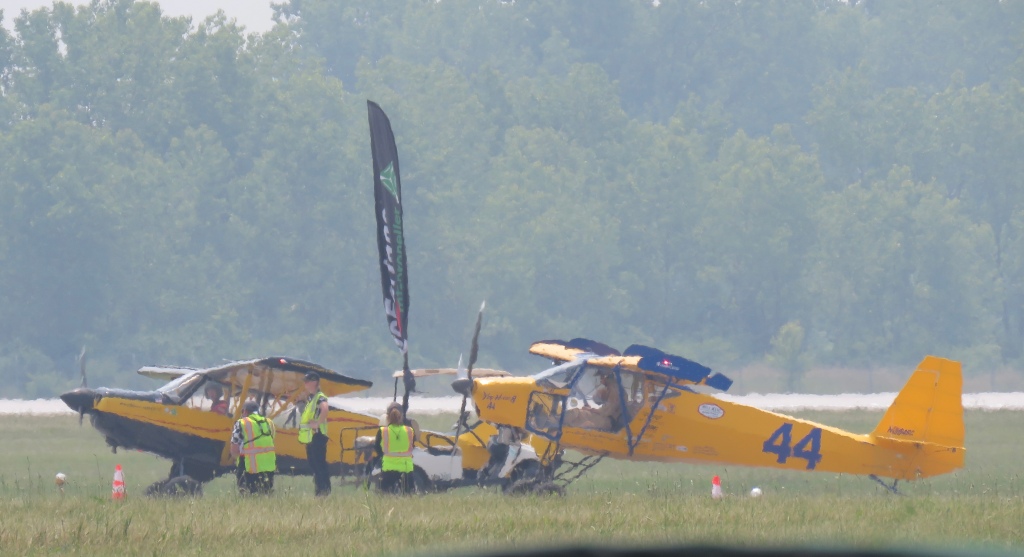
One of the stories in the news not long ago concerned the death of the proposed merger between JetBlue and Spirit Airlines. As a former airport employee tasked with billing and collecting payments from airlines let me tell you – mergers are a pain, but bankruptcies worse. And airlines that simply cease to exist are worse still.
The Check is in the Mail
My former colleague over in the Parking Department has it pretty easy when it comes to collections – any company or person who doesn’t pay for their parking pass has their access turned off. Funny how fast people decide to pay the bill when they realize they can’t get into the lot! On the airline side of the house it isn’t that simple. Because our airports receive federal funding, they cannot restrict who lands there. So it doesn’t matter how much an airline owes, it can continue to fly in and land any time it wants and there’s nothing the airport can do about it. Well… almost nothing.

Disclaimer
Before I go into more detail about my semi-creative collecting strategies, let me drop a couple of disclaimers. First, I HATE collections. Seriously. I don’t mind sending an email or making a quick call to remind someone to pay their bill, but going after someone repeatedly to collect past due accounts isn’t my thing. Second, the vast majority of airlines were great to work with and never gave me any trouble. All the major carriers at our airports are signatory which means they’ve signed operating agreements which spell out payment terms that they were good at following. Most of the challenges came from small charter companies that were periodic visitors. Third, every airport is different. My experiences don’t necessarily reflect how things are handled at other airports.
Who are you? Who? Who?
Sometimes the biggest hurdle in collections was figuring out who to bill in the first place. The Operations team uses tail numbers and tracking software to determine who a plane belongs to, but then you have to find contact information for the owner. Sometimes that’s as easy as going to the comany’s website. But sometimes there is no website, or there’s no contact info on it, or there’s contact information but no one will talk to you, or they’ll talk to you but tell you that the company who chartered the flight is paying the bill and then you have to track THEM down. You get the idea.
In case you were wondering, many of these charter companies land and go directly to the FBO so there is no interaction with the Airport Authority. There’s no requirement for them to tell the Authority that they are coming in. And at our Passenger Airport, there is no agreement with the FBOs to collect landing fees – that has to be done by the Authority. So while the FBOs knows who they’re handling and who to bill, the airport doesn’t. (Different story at the Cargo Airport – see below.)

No Gate for You!
Sometimes the larger charter companies will need to go to the terminal to pick up/drop off passengers rather than the FBO. Since the Airport Aithority owns the gates, this is one place where I had a little leverage. I could let the Operations Department know which charter companies were on the naughty list and they’d make sure someone at the company spoke to me before any gates were assigned. Fortunately, I never had to use this tactic, although I got close once.
F B Oh No You Don’t!
As mentioned above, the Airport Authority runs the FBO at the cargo airport. This gave me a lot more leverage than I had at the Passenger Airport. No payment? No unloading cargo and no fuel. Thankfully we never actually got to the point of refusing service. Instead we’d have airlines with delinquent accounts pay for all their charges (fuel, turn fees, landing fees, etc.) via credit card when they arrived. Easy-peezy! Sometimes the FBO would get them to pay for any unpaid charges the carrier had at the passenger airport too. Double win!

Bankrupties
Airports naturally want all their customers to be successful and profitable. But hard times can happen to anyone. As the collections person, I often went out of my way to try work with airlines that were in financial trouble. I set up payment plans which allowed them to take more time to pay off balances. As long as the airline paid something on a regular basis and were good at keeping in touch, I could give them a fair amount of leeway.
But when the financial strain becomes too much, bankruptcy becomes inevitable. Any time I recieved a bankruptcy notice, all collections stopped immediately on invoices for services provided prior to the filing date. It is up to the court to decide how much (if anything) the airport will get paid. Some airlines, like Miami Air, file bankruptcy then cease operations. (I was so sad! Long-time readers may remember I spent months stalking them for a decent pic.) Other airlines, like iAero, continue operating. So I couldn’t collect on the old invoices, but still had to collect on the newer ones. Ugh! Headache!

Vanishing Act
Then you have airlines like Elite Airways who simply cease to exist. No bankruptcy filing, no warning, – one day they just stop operating. *Poof* Gone. That’s a bummer because then there’s no hope of collecting any payment. Of course, there have been rumors that it might return. However, Auburn-Lewiston Municipal Airport siezed everything that Elite left behind (including at least one airplane) and auctioned it all off. Then they sold the hangar. That plus the fact that the DOT has revoked their operating license makes it highly unlikely that Elite will return any time soon.
Don’t Worry – Be Military!
You know who I never had to worry about? Military planes! That’s because we didn’t invoice the military. So not only are military planes super cool, but they were also low stress. Now that I’m no longer at the airport, I don’t see the military planes as much, which makes me sad. But then again, when I receive a JetTip notification about a new airline scheduled to fly in, I can be excited to go see it, without having to worry about figuring out who to bill. And that works for me!

































































